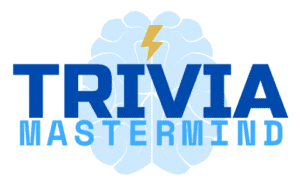
As readers delve into the rich world of literature, they often find themselves captivated by more than just the plot and characters. Many authors weave intricate layers of hidden messages and symbolism throughout their works, inviting readers to embark on a journey of discovery beyond the surface narrative. These hidden gems provide insights into the author’s intentions, societal commentary, and philosophical musings. In this article, we’ll explore the fascinating realm of hidden messages and symbolism in books, uncovering the depths of meaning that lie beneath the printed words using 10 Classic Books with Powerful Hidden Messages & Covert Symbolism.
The Power of Symbolism
Symbolism is a potent tool that authors employ to convey abstract concepts, emotions, and themes in a subtle and evocative manner. Through symbols, authors can communicate universal truths and provoke readers to reflect on deeper implications. Whether it’s a recurring motif, a carefully chosen color, or a specific object, symbols resonate with readers on a subconscious level, enriching their reading experience and fostering a more profound connection with the narrative.
Unmasking Hidden Messages
Authors often embed hidden messages within their works, inviting readers to decipher layers of meaning beyond the literal interpretation. These messages can range from social critiques and political allegories to personal reflections and philosophical pondering. By decoding these hidden messages, readers gain access to the author’s unique perspective and gain insights into the historical, cultural, and emotional context that influenced the creation of the book.
The List of the 10 Literary Classics with Powerful Hidden Messages & Symbolism
1. “Animal Farm” by George Orwell
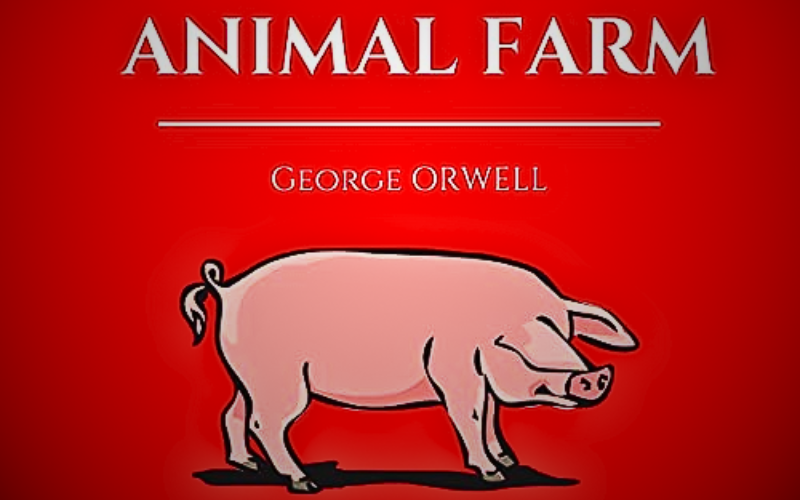
“Animal Farm” depicts a group of farm animals overthrowing their human owner to establish an egalitarian society, initially governed by the principles of Animalism. The pigs, led by Napoleon and Snowball, take charge but gradually adopt human vices, betraying the original ideals. They rewrite commandments, exploit others, and form alliances with humans. The once-revolutionary farm becomes a dictatorship.
The Hidden Messages and Symbolism in “Animal Farm”
“Animal Farm” employs allegory and symbolism to depict the rise and corruption of totalitarian regimes. The farm represents Russia/Soviet Union, animals symbolize social classes, pigs signify leaders (Stalin), Snowball is Trotsky, and Boxer represents exploited workers. The Seven Commandments reflect propaganda manipulation, while the windmill represents industrialization. The story warns of power’s corrupting influence, the betrayal of ideals, and the dangers of blindly following leaders.
2. “Lord of the Flies” by William Golding
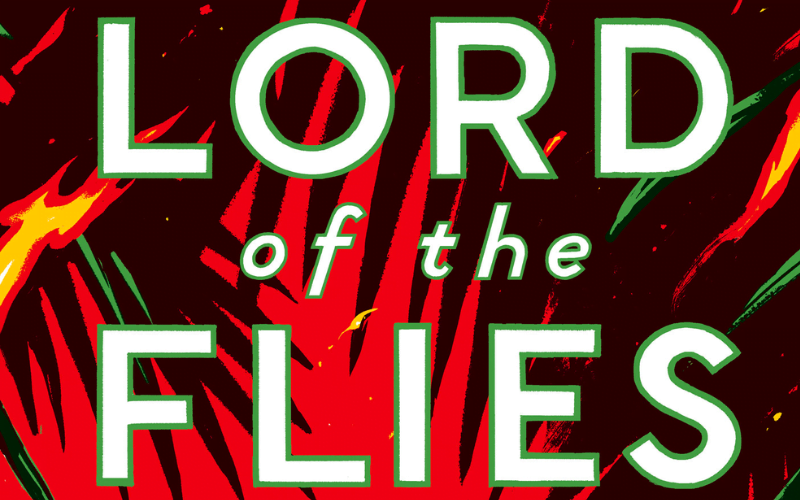
“Lord of the Flies” follows a group of British boys stranded on a deserted island due to a plane crash. Initially attempting to establish order and rules, they devolve into chaos and violence. The boys’ innate savagery is explored through their descent into tribalism, leading to tragedy and a primal struggle for power.
The Hidden Messages and Symbolism in “Lord of the Flies”
“Lord of the Flies” uses symbolism to explore themes of civilization vs. savagery, the loss of innocence, and the inherent darkness within human nature. The conch shell represents order and authority, the signal fire symbolizes hope and rescue, and the “beast” reflects primal fears. Characters like Ralph and Piggy embody reason, while Jack represents brutality. The island itself becomes a microcosm of society, revealing the fragility of human civilization when rules and morality erode. The story serves as a commentary on the potential for brutality and chaos in humanity.
3. “The Great Gatsby” by F. Scott Fitzgerald
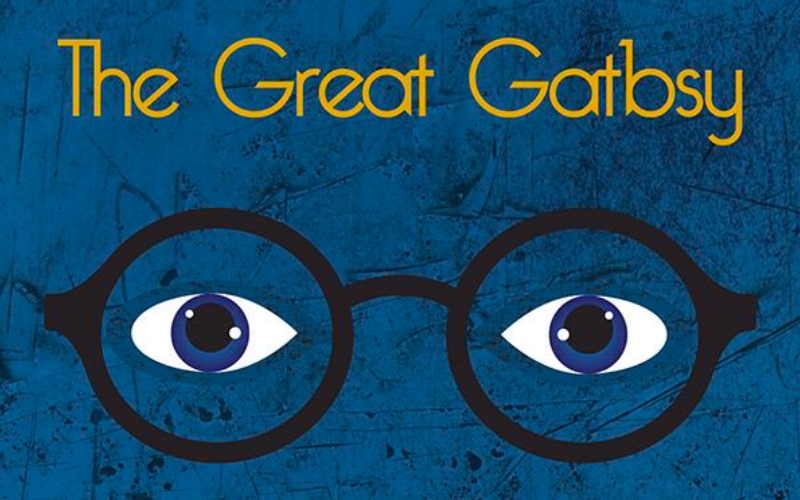
“The Great Gatsby” follows the enigmatic millionaire Jay Gatsby’s pursuit of the elusive Daisy Buchanan, his former lover. Set in the Roaring Twenties, the novel explores themes of wealth, social class, and the American Dream. Through the eyes of narrator Nick Carraway, readers witness Gatsby’s extravagant parties, his unrequited love for Daisy, and the tragic consequences of his efforts to recreate a past that can never be recaptured.
The Hidden Messages and Symbolism in “The Great Gatsby”
“The Great Gatsby” is rich with symbolism and hidden messages. The green light at the end of Daisy’s dock symbolizes Gatsby’s unreachable dreams and the elusive American Dream. The Valley of Ashes represents the moral decay and social inequality of the era. The extravagant parties symbolize the superficiality and hedonism of the Jazz Age. The eyes of Doctor T.J. Eckleburg on a billboard symbolizes the loss of moral values and the decline of spirituality. Gatsby’s shirts symbolize his yearning for social acceptance. The clock at Gatsby’s mansion symbolizes the passage of time and the fleeting nature of dreams. Overall, the novel critiques the excesses and illusions of the 1920s while delving into the complexities of human aspirations and the dark side of the American Dream.
Read More Fun Facts
Learn more fun facts with Trivia Mastermind content.
4. “Brave New World” by Aldous Huxley
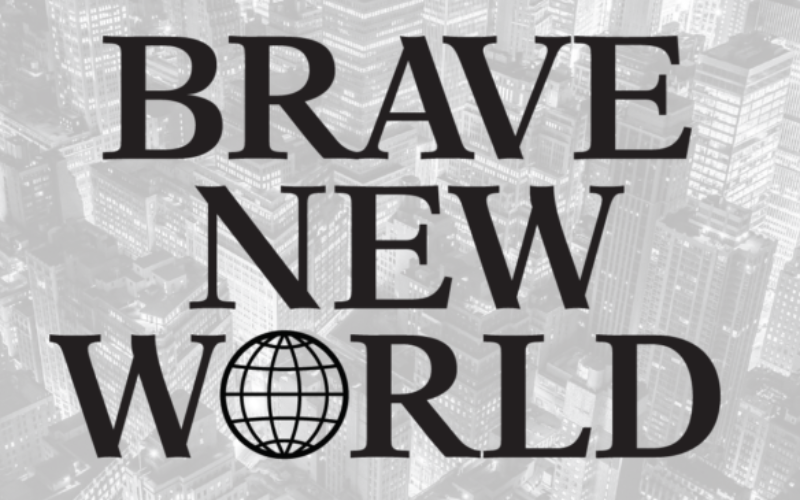
“Brave New World” is set in a dystopian future where society is controlled through genetic engineering, conditioning, and the use of a mood-altering drug called “soma.” People are born into specific castes and their lives are strictly regulated. The story follows Bernard Marx, an outsider in this conformist society, and Lenina Crowne, a Beta caste worker. They visit a “Savage Reservation” where they encounter John, a man born naturally and raised with traditional values. As John is introduced to the World State, he struggles with its shallow pleasures and lack of humanity.
The Hidden Messages and Symbolism in “Brave New World”
“Brave New World” uses symbolism and hidden messages to comment on the dangers of a technologically driven, conformist society. The World State’s controlled population represents a loss of individuality and natural human experiences. The drug soma symbolizes the escape from reality and the suppression of true emotions. The Savage Reservation represents the remnants of genuine human existence, contrasting with the sterile and shallow World State. John, the “Savage,” embodies the clash between traditional values and the dehumanizing effects of technology. Overall, the novel warns against sacrificing individuality, authentic emotions, and genuine human connections for the sake of technological advancement and societal control.
5. “Fahrenheit 451” by Ray Bradbury
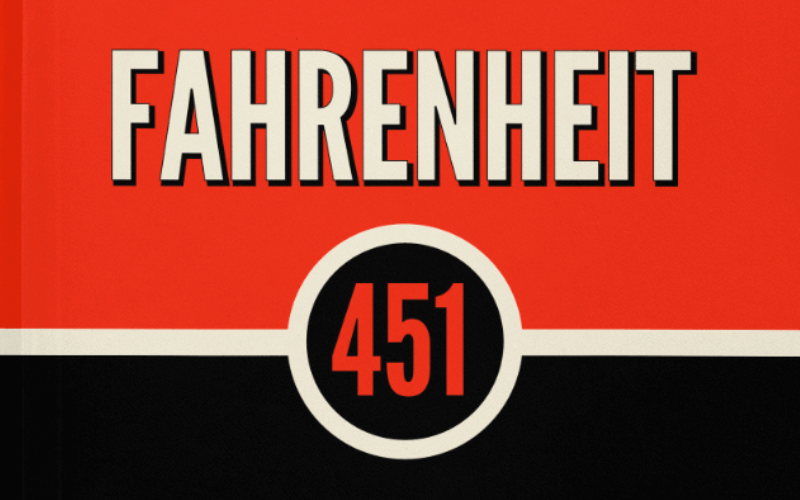
“Fahrenheit 451” follows Guy Montag, a fireman in a dystopian society where books are banned and burned to control and suppress knowledge. Montag questions this existence after meeting his curious young neighbor, Clarisse. He begins secretly reading books and becomes disillusioned with the shallow, conformist culture. Montag’s wife, Mildred, reports him, leading to conflict with his boss, Captain Beatty. Montag joins a group of rebels who memorize books to preserve knowledge. The city is eventually destroyed in a war, and Montag escapes to join a community of intellectuals.
The Hidden Messages and Symbolism in “Fahrenheit 451”
“Fahrenheit 451” employs various symbols and hidden messages to convey deeper meanings. Fire symbolizes both destruction and rebirth, reflecting society’s dual nature. Books represent knowledge, critical thinking, and individuality, while their destruction illustrates censorship’s stifling effect. The mechanical hound embodies conformity and surveillance. The title, Fahrenheit 451, refers to the temperature at which paper ignites, symbolizing the society’s efforts to eliminate dissenting ideas. The novel warns of the dangers of passive entertainment, conformity, and the loss of intellectual freedom in a technology-driven world.
6. “The Catcher in the Rye” by J.D. Salinger
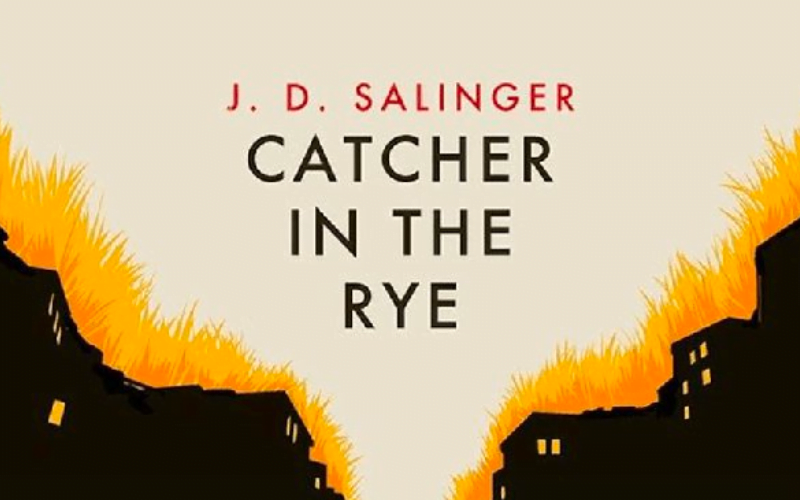
“The Catcher in the Rye” follows Holden Caulfield, a teenage boy recently expelled from prep school. Over three days in New York City, Holden recounts his experiences, interactions, and inner thoughts. He struggles with the phoniness of the adult world and yearns for innocence. Holden’s search for authenticity and connection leads him to question societal norms and confront his own emotional turmoil.
The Hidden Messages and Symbolism in “The Catcher in the Rye”
“The Catcher in the Rye” is rich in symbolism and hidden messages. The title itself reflects Holden’s desire to protect the innocence of children, as he envisions himself as a “catcher” preventing them from falling into the harsh adult world. The red hunting hat symbolizes his uniqueness and alienation. The ducks in Central Park’s pond mirror Holden’s uncertainty about his own future. The Museum of Natural History signifies Holden’s longing for stability and preservation of the past. The novel’s recurring motif of phoniness reflects Holden’s disillusionment with the insincere adult world. Overall, the book explores themes of alienation, loss of innocence, and the struggle to maintain authenticity in a complex society.
Play Trivia!
Challenge yourself and play trivia questions with answers and explanations.
7. “Heart of Darkness” by Joseph Conrad
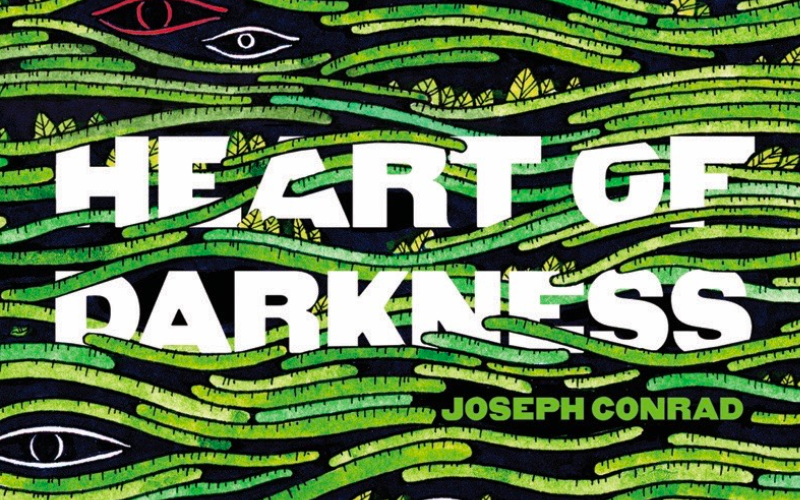
“Heart of Darkness” follows the journey of Charles Marlow, an English sailor, as he ventures into the depths of the Congo River in Africa. His mission is to find the enigmatic ivory trader Kurtz, who has become a legend for his brutal methods and mystique. As Marlow travels deeper into the heart of the African wilderness, he encounters the harsh realities of colonialism, exploitation, and the darkness within human nature.
The Hidden Messages and Symbolism in “Heart of Darkness”
“Heart of Darkness” is rich in hidden messages and symbolism. The journey along the Congo River represents not only a physical voyage but also an exploration of the darkness within human nature and the heart of imperialism. The character Kurtz embodies the corruption and brutality that unchecked power can bring. The Congo itself serves as a symbol of the unknown and the primitive, while the fog that shrouds the river reflects moral ambiguity. The contrast between light and darkness represents the duality of human existence, and the wilderness symbolizes the untamed aspects of human behavior. The native Africans are both marginalized and dehumanized, reflecting the dehumanizing effects of colonization. Ultimately, the novella delves into the depths of the human psyche and unveils the darker aspects of human society and the human soul.
8. “The Picture of Dorian Gray” by Oscar Wilde
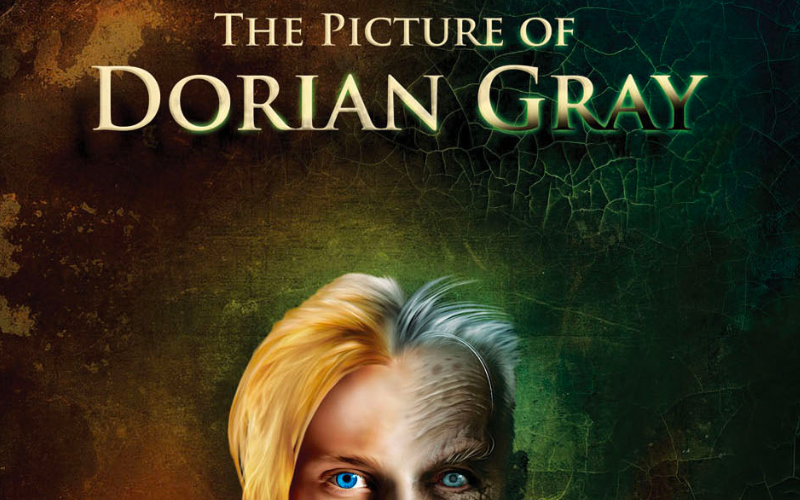
“The Picture of Dorian Gray” follows the story of a young and handsome man named Dorian Gray, who has his portrait painted by an artist named Basil Hallward. Dorian meets Lord Henry Wotton, who influences him to embrace a hedonistic and morally corrupt lifestyle. Dorian wishes that his portrait would age instead of him, leading to a supernatural exchange where the portrait ages while Dorian remains youthful and beautiful. As Dorian indulges in a life of pleasure and sin, his portrait becomes a grotesque reflection of his moral degradation.
The Hidden Messages and Symbolism in “The Picture of Dorian Gray”
“The Picture of Dorian Gray” contains several layers of hidden messages and symbolism. The portrait itself symbolizes the divide between Dorian’s outward appearance and his inner corruption. It serves as a metaphor for the consequences of a life of moral decay. The novel also explores the idea of the duality of human nature, where Dorian’s external beauty contrasts with his inner ugliness. The yellow book, a symbol of decadence, represents Dorian’s plunge into a life of debauchery. Additionally, the novel critiques the superficial values of society and the pursuit of aesthetic pleasure at the expense of morality. Overall, the book uses symbolism to delve into the dark aspects of human behavior and the consequences of unchecked desires.
9. “Alice’s Adventures in Wonderland” by Lewis Carroll
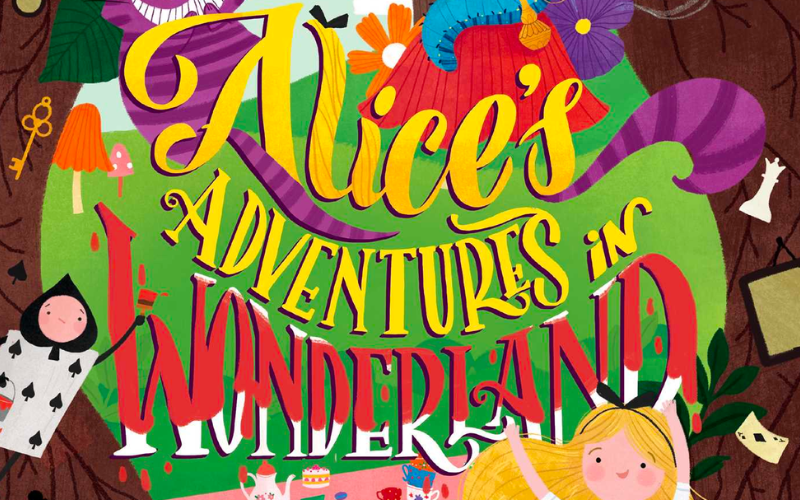
In “Alice’s Adventures in Wonderland,” a young girl named Alice falls down a rabbit hole and enters a whimsical and nonsensical world. She encounters peculiar characters, including the White Rabbit, the Mad Hatter, the Cheshire Cat, and the Queen of Hearts. As Alice navigates this strange realm, she experiences a series of bizarre and surreal adventures, each more absurd than the last. The story follows her attempts to make sense of Wonderland’s illogical rules and characters, often finding herself in challenging and perplexing situations. Throughout her journey, Alice grapples with her own identity, size, and understanding of reality.
The Hidden Messages and Symbolism in “Alice’s Adventures in Wonderland”
“Alice’s Adventures in Wonderland” is rich with hidden messages and symbolism that explore themes such as identity, reality, and social conventions. The fantastical and nonsensical world of Wonderland serves as a metaphor for the challenges and absurdities of growing up and navigating adulthood. The characters and events often represent facets of society, with the White Rabbit symbolizing the hurried pace of life, the Mad Hatter and March Hare representing the whimsical and chaotic nature of society, and the Queen of Hearts embodying oppressive authority. Alice’s constant changes in size reflect her struggle with identity and self-perception. The story’s illogical rules and wordplay critique societal norms and challenge the reader’s understanding of reality. Overall, the hidden messages and symbolism in the novel encourage readers to question the constraints of reality, conformity, and the complexities of human nature.
10. “To Kill a Mockingbird” by Harper Lee
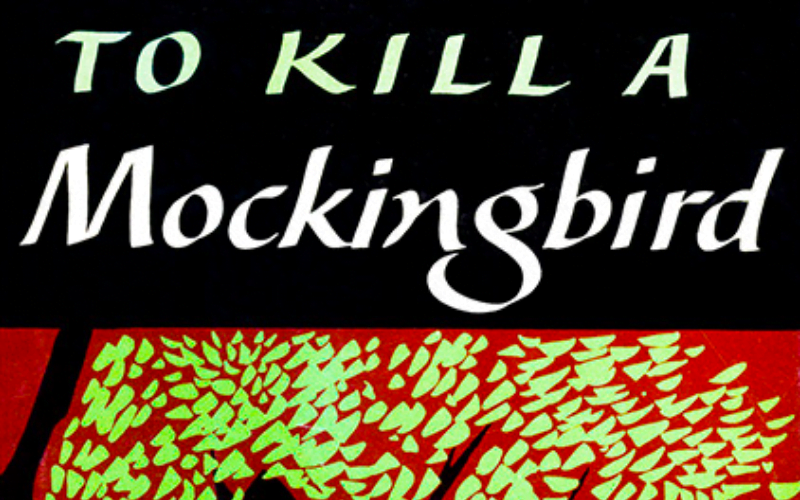
“To Kill a Mockingbird” follows the experiences of Scout Finch, a young girl growing up in the racially divided town of Maycomb, Alabama, during the 1930s. Scout, along with her brother Jem and friend Dill, becomes curious about the reclusive neighbor, Boo Radley. At the same time, their father, Atticus Finch, is a lawyer defending a black man, Tom Robinson, falsely accused of raping a white woman, Mayella Ewell.
As Atticus fights for justice, the children witness the town’s prejudice and injustice. Tom Robinson is unjustly convicted despite evidence of his innocence. Boo Radley, initially feared, turns out to be a gentle soul who saves Scout and Jem from danger.
The Hidden Messages and Symbolism in “To Kill a Mockingbird”
“To Kill a Mockingbird” is rich with symbolism and hidden messages that explore themes of racial prejudice, moral growth, and social justice. The mockingbird, for instance, serves as a symbol of innocence and goodness, representing characters like Tom Robinson and Boo Radley, who are harmed by society despite their pure intentions. The title itself alludes to the idea of senseless harm, as killing a mockingbird is seen as a sin.
The Radley house symbolizes fear of the unknown and the consequences of gossip. The knothole in the tree represents hidden kindness, as Boo Radley leaves gifts for Scout and Jem. Atticus’s lessons about understanding others’ perspectives are symbolized by his advice about walking in others’ shoes.
The trial of Tom Robinson symbolizes the racial injustice of the time, highlighting the deep-seated prejudices and the failure of the justice system. The children’s encounters with the townspeople reveal the hypocrisy and ugliness beneath the town’s surface.
In essence, the novel uses these symbols and hidden messages to convey powerful commentary on the complexities of human nature, the destructive nature of prejudice, and the potential for growth and empathy in the face of adversity.
The Reader’s Role
Deciphering hidden messages and symbolism requires an engaged reader willing to embark on a literary quest. As readers analyze recurring motifs, interpret metaphors, and connect seemingly unrelated elements, they actively participate in the creative process. This interaction between author and reader enriches the reading experience, sparking discussions, and encouraging critical thinking.
Conclusion
Books are more than stories; they are vessels of complex ideas and profound truths. The use of hidden messages and symbolism allows authors to communicate on multiple levels, encouraging readers to explore beyond the surface and engage with the text on a deeper, more meaningful plane. By unraveling these layers of meaning, readers uncover the intricacies of the author’s intent, fostering a greater appreciation for the literary craft and the timeless narratives that continue to captivate and inspire us.
Read More Fun Facts
Learn more fun facts with Trivia Mastermind content.
Play Trivia!
Challenge yourself and play trivia questions with answers and explanations.
Recent Posts
Step into a realm of nostalgia as we embark on a journey through the annals of pop culture and bid farewell to 35 recently obsolete technologies. In the ever-evolving landscape of innovation, certain...
